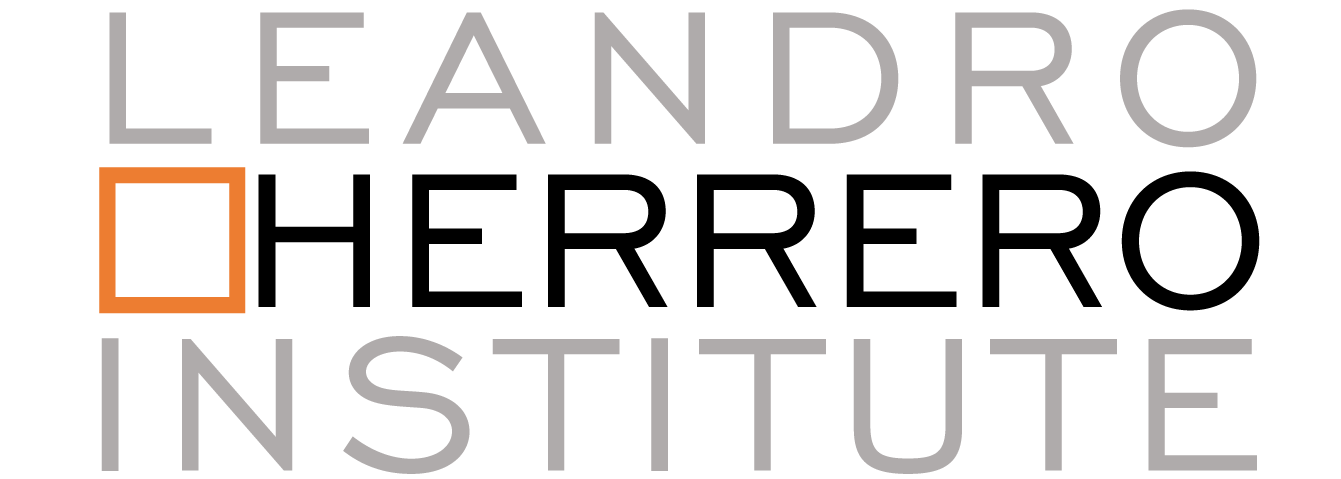Our traditional management education has almost 100% focused on the formal organization, the structural fabric of teams, divisions, groups, committees and reporting lines. The informal organization, often also called the ‘invisible organization’, has always been a ghost: you know it’s there but can’t see, can’t manage, can’t measure, so I don’t do anything about it.
Today, the role of the informal organization is more recognised. But still it is important to remind ourselves of what the informal social networks inside the organization, the web of connections, the largely (but not totally) invisible side does, and why it is inexcusable for leaders today to ignore it, or even treat it as an anecdote. The informal organization is the real engine of change.




